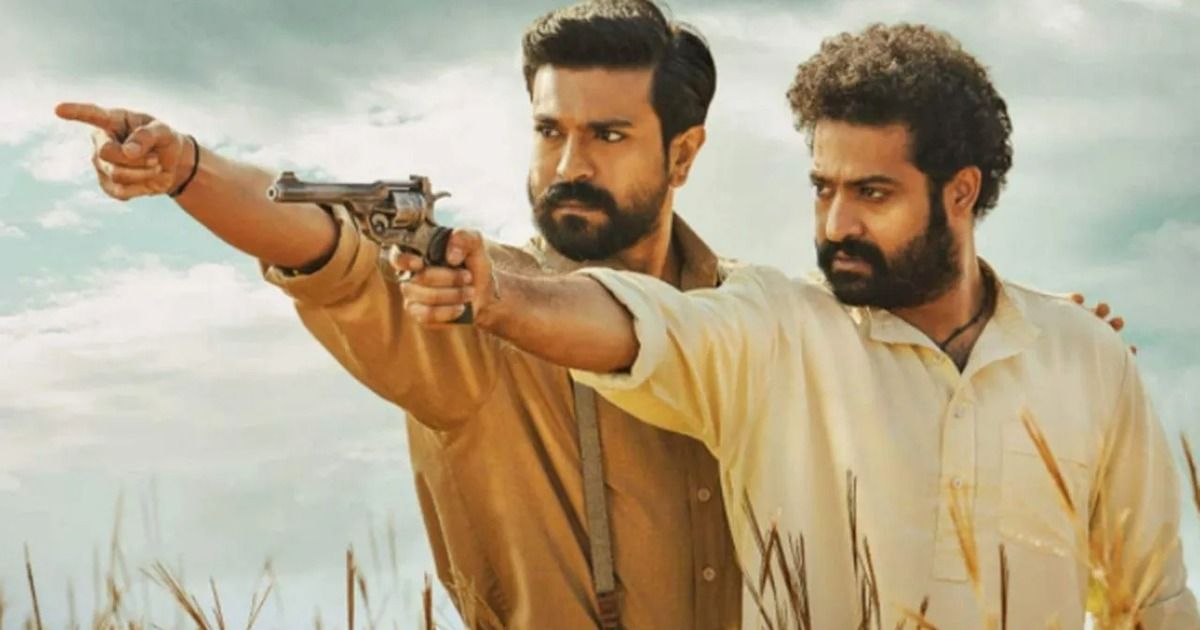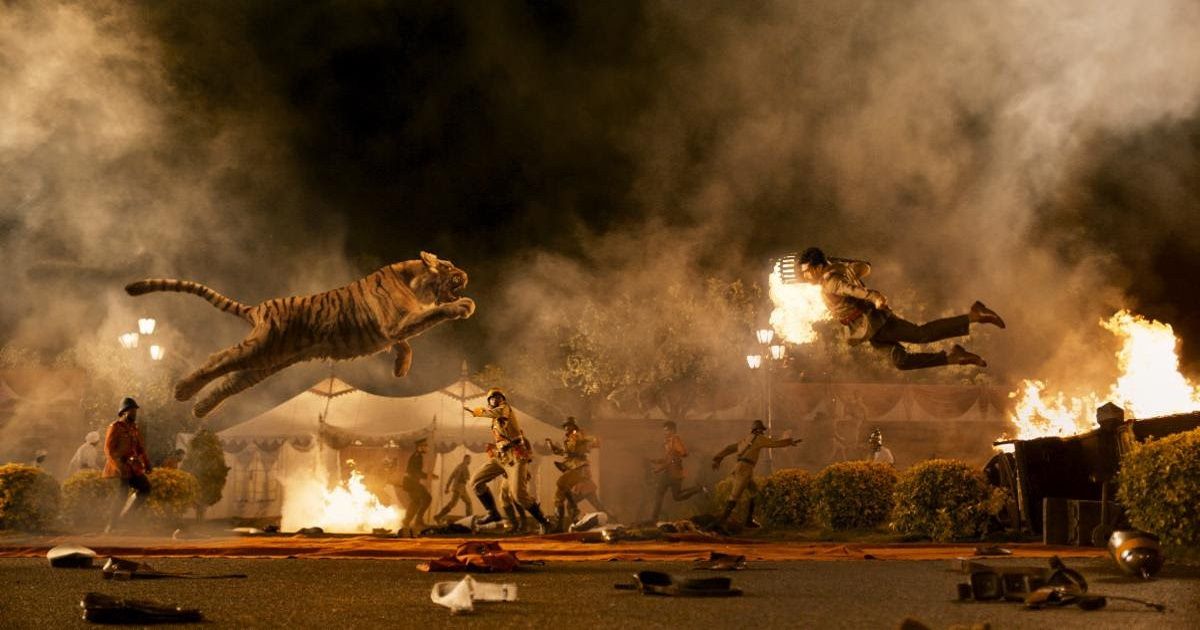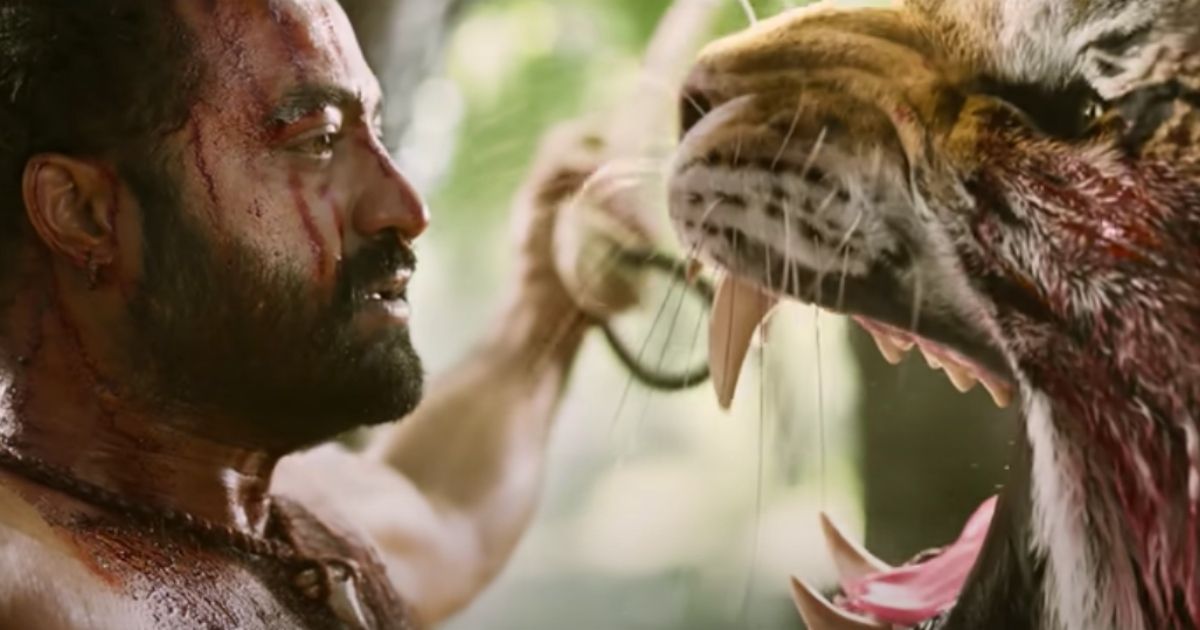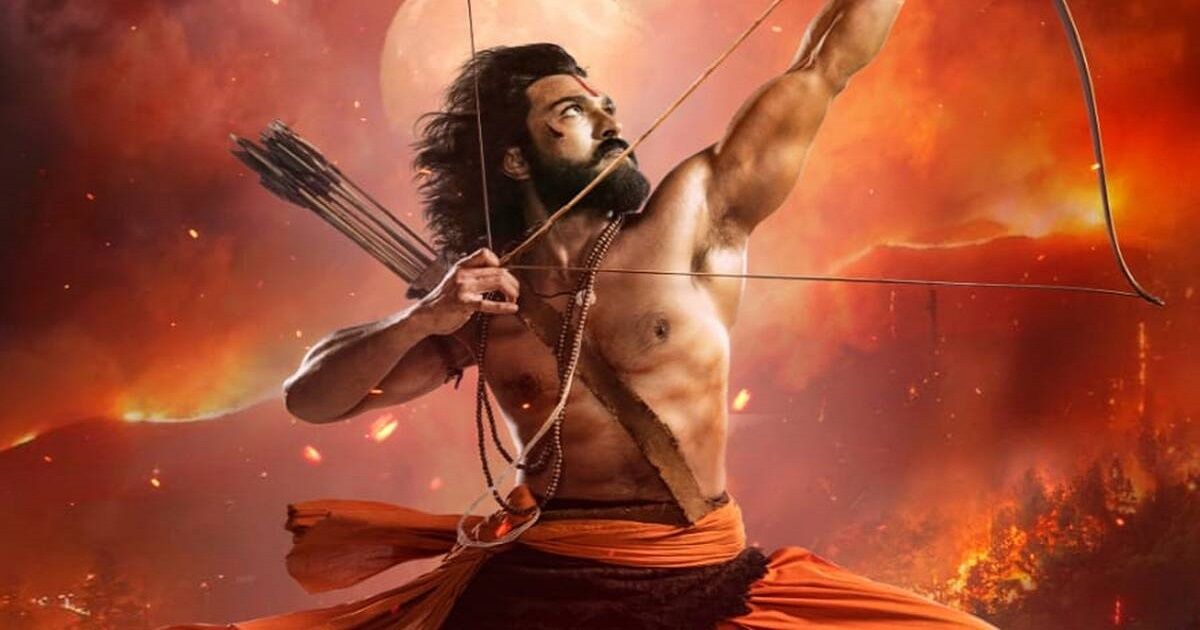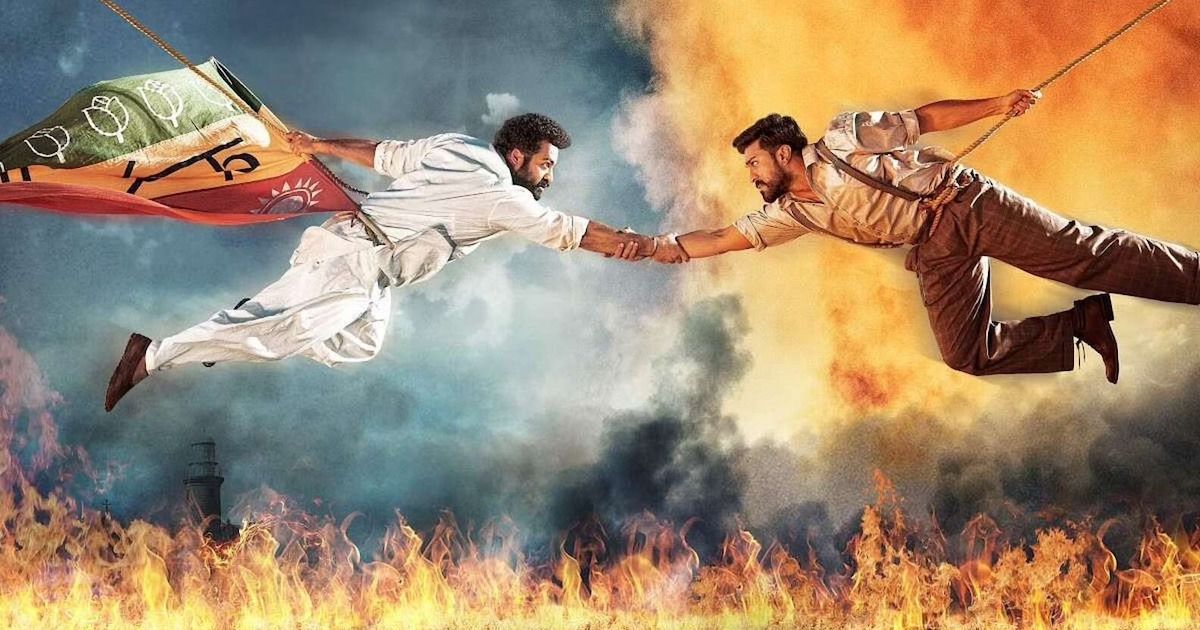Following the success of his last two war epics, SS Rajamouli took things up by quite a few notches with RRR. Touted as one of India’s most visionary filmmakers, Rajamouli’s visual language and style has left a footprint globally. With his last 3 films grossing over hundreds of millions in revenue, Rajamouli is no stranger to scale or success. The legendary filmmaker is distinctively known for his extensive use of VFX, large scale action sequences, and periodic set-ups. In his latest tryst with the action genre, Rajamouli’s decided to power the film with a dual star-studded engine consisting of Ram Charan Tej and Junior NTR in the lead.
The plot focuses on two parallel story lines, one of a tribal warrior Bheem (Jr. NTR), who’s responsible for retrieving his tribal chieftains' daughter that’s kidnaped by the British, while the other focuses on an aspiring Indian officer, Alluri Sitarama (Ram Charan Tej) in the British force that’s tasked with stopping Bheem. As the two otherworldly forces are pitted against each other, they soon see things for what they are and join forces to take down the mighty British Empire. Upon the first day of its release, RRR globally grossed a whopping $66 million dollars.
Never Seen Before VFX
RRR is set in the early 1920s depicting the era of Indian resistance against British occupancy. Due to its periodic set-up, the scope of incorporating VFX in the narrative seemed justified and necessary. As compared to his previous two films, the epic Bahubali movies, RRR provided Rajamouli with technological advancements to sink his teeth into. Making the most of this insight, Rajamouli didn’t leave any stone unturned in pushing the technological boundaries of the film. In a particular scene that comes right before the intermission, Bheem decides to penetrate the British palace by placing wild animals like tigers and wild antlers in a truck. As the truck rams into everything that stands in its way, the tigers are released and mayhem is caused. The beauty about this sequence lies in the choreography of wild animals fighting men and the complete chaos that ensues.
Ingenious Action Sequences
Another feather in RRR’s cap is its ingenious use of action sequences. Rajamouli and team made the most of the periodic set-up of the 1920s by imbibing actual technological developments via the action depicted on screen. An example of this can be seen in a scene where the duo meet for the first time on a bridge to save a boy from a burning oil tanker. As the burning tanker looms over the little boys head, the duo, one on horseback and the other on a bike, jump of the bridge with a rope and a flag to rescue the boy right before the truck falls.
Another famously well executed action sequence is the introduction of Bheem. Blending his tribal background into the action structure, the warrior is out hunting a wolf and suddenly comes face-to-face with a tiger. What follows is a thrilling encounter between Bheem and the tiger; out of sheer strength and intelligence, the tribal warrior outsmarts the tiger and manages to kill the beast. Adding to the bravura of the action is the physical hyper-masculinity projected by Bheem; while he’s built as a rock, the warrior is also agile in the mind, creating a lethal combination.
Representing Indian Culture on a Global Scale
India as a nation is rich with cultural context, a land that worships the elements of water and fire with equal devotion. Rajamouli’s decision to create a narrative contrast by symbolically having both the leads represent different elements was pure cinematic genius. This worked on two fronts; firstly, it made the film more relatable throughout India, creating a smooth synergy between the viewer and the performer; and secondly, it afforded the filmmaker more technological leverage to play with. While some may be of the view that RRR was a bit tight-fisted in pushing nationalist sentiments down the viewer’s throats, the narrative structure along with the visual elements warranted it. Furthermore, towards the climax, the makers decided to pay homage to Hindu history by depicting Ram Charan Tej, as lord Rama, garnishing him with a bow and arrow and sprinkling an aura of halo around him.
Perfect Blend Between Writing and Technology
A major part of Rajamouli’s success comes from his ability to create a synthesis between writing and adapting it within the realm of modern day technology. The filmmakers innate ability to convey age-old adages, historical references and re-brand them for the modern consumer with his own technological spin, makes him one of India’s shining cinematic lights. The filmmaker has single-handedly broken the shackles and monopoly that Bollywood enjoyed over smaller regional film industries.
No more is India known for its visual portrayals of slums and poverty, of mild rom-coms made by people that have the collective IQ of a toad. Now, India’s known as a key player in all things VFX, of all things scale and success and that’s thanks to no other than S.S Rajamouli.

